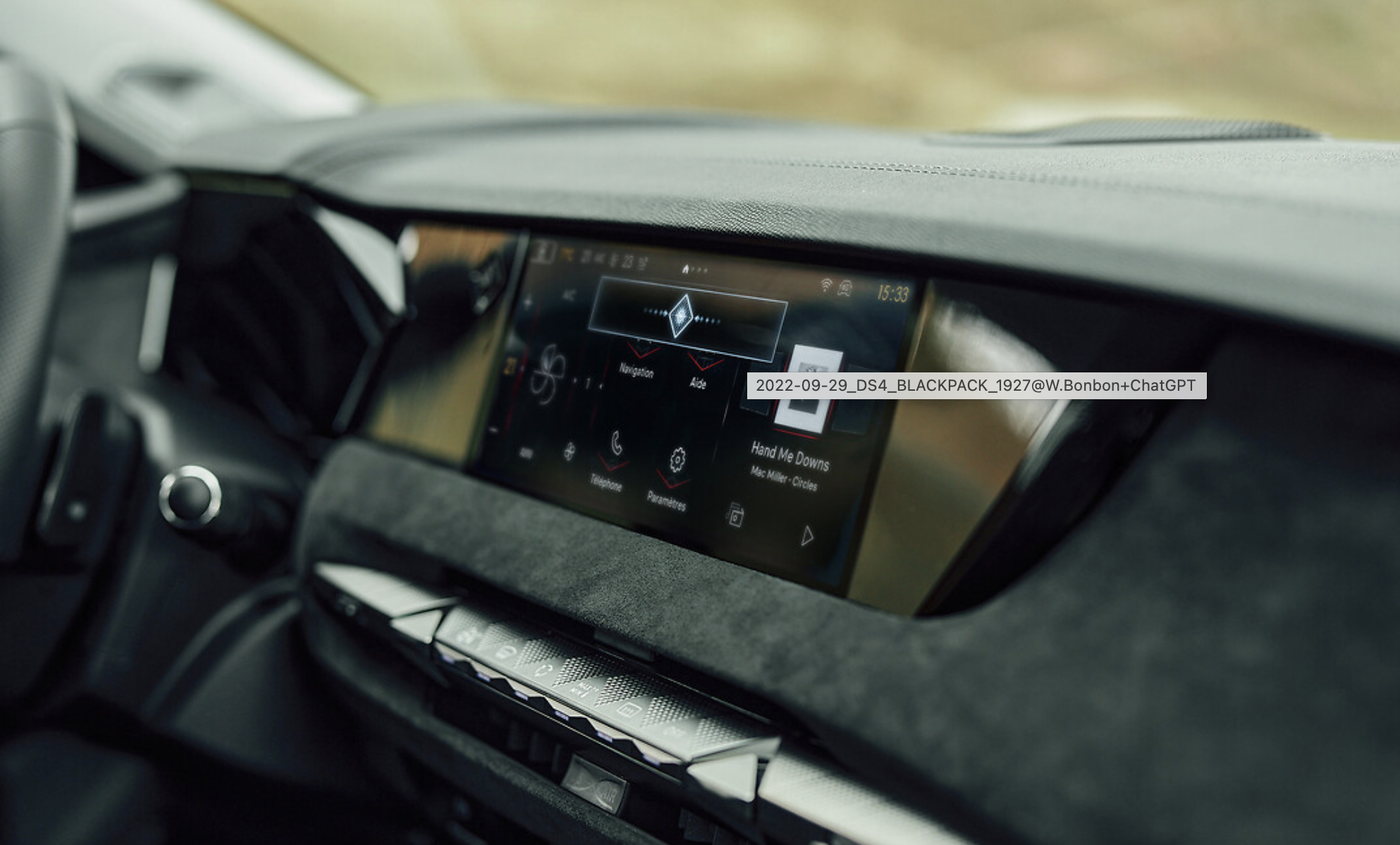AI-powered digital assistants are emerging at the heart of the software-defined vehicle. By Megan Lampinen
AI-powered features promise to reshape the in-vehicle experience, and the rise of the software-defined vehicle (SDV) is making it easier than ever for automakers to incorporate them. The industry is increasingly moving towards vehicles that use software not only to manage their operations but also add functionality and enable new features. Generative AI (GenAI) is one of the hottest commodities on this front, particularly around voice interaction with the vehicle’s digital assistant. The promise on offer is one of smart, natural interactions with an AI assistant that not only hears but listens, understands, and responds.
Spotlight on SoundHound
California-based SoundHound’s Chat AI for Automotive was one of the first products to offer an in-vehicle voice assistant with GenAI capabilities. “Chat AI integrates with third-party generative AI models, like ChatGPT, enabling seamless conversations and quick, accurate responses—without any of those ‘I’m sorry I didn’t get that’ moments,” says Chief Operating Officer Michael Zagorsek. “You can now speak naturally to the vehicle assistant and get immediate responses from GenAI that work seamlessly alongside other real-time SoundHound domains.”
For example, a user may start by asking what the weather is like in Edinburgh. They can follow up with a query on the quickest route into the city, followed by a request for some picturesque stopping points along the way. If something feels ‘off’ with the car’s mechanical operations at any point, they can ask the assistant about it, such as ‘Why do my brakes feel sticky?’
“Our proprietary technology stands out because it can manage the voice assistant’s responses across different domains to consistently deliver accurate responses—whether for vehicle controls, real-time weather and travel updates, or complex GenAI responses,” emphasises Zagorsek. To select an appropriate response quickly, the system draws on proprietary SoundHound AI software engineering technology called CaiLAN (Conversational AI Language) and the in-house machine learning technology CaiNet (Conversational AI Network). CaiLAN builds knowledge domains like weather, restaurants, traffic, and local search, while CaiNET uses machine learning to better understand queries and provide the right responses. CaiNET can connect to SoundHound AI’s internal models as well as external models like ChatGPT. CaiLAN controls and arbitrates the results to provide the best response to the user.
The range of potential use cases is vast. As well as trip planning, recommendations for food, and fuel and parking suggestions, it could also help with vehicle maintenance: Chat AI has a Vehicle Intelligence feature that allows the user to access information directly from the car’s manual just by speaking. In-car education and entertainment are another potential area for growth, as AI can create a dynamic in-car experience for interactive games and learning activities. For example, an AI voice assistant could provide occupants with a guided tour of what they are seeing out the window based on topics of interest.
An AI voice ecosystem
Hallucinations have been one of the drawbacks with early applications of AI-powered systems, but a growing number of players are now claiming to have successfully tackled that problem. SoundHound is among them, attributing the elimination of such misleading and unpredictable responses to “a proprietary approach.” While still early days, momentum for its system is growing.
In February 2024, Chat AI entered full production with Stellantis’ DS Automobiles, rolling out across 18 countries in 13 languages. Stellantis later added it to the Peugeot, Opel, and Vauxhall brands. Zagorsek suggests the recent product wins are “testament to the success of the technology and its popularity with drivers”. For certain previously released Stellantis models, SoundHound Chat AI with integrated ChatGPT will be available on-demand and can be delivered over-the-air (OTA) with no need to visit a dealer.

At the time of writing, SoundHound’ is currently running pilots with other unnamed OEMs in Europe and anticipates a growing market in the US market as well. In 2023, it commissioned a survey that found 50% of regular drivers in the US are likely or very likely to use an in-car voice assistant with Gen AI capabilities. “We can fairly assume that figure has risen by now due to the increased popularity of AI among consumers,” Zagorsek tells Automotive World.
As interest grows, so too will the competition. In Q1 2024, Cerence’s Chat Pro arrived on the first Volkswagen Group models in Europe and North America, offering very similar capabilities and targeted at identical use cases. Deployments across such big-name volume players as Stellantis and Volkswagen Group point to the mass market potential of AI voice technology, which is only at the start of its journey. “The automotive industry is undergoing rapid change and beginning to embrace software-centric experiences fuelled by AI,” notes Zagorsek. “We anticipate that many OEMs will look to harness the power of voice AI in their vehicles. The market potential for our offering is as big as the automotive industry itself.”
Or even bigger. SoundHound also provides voice AI solutions to restaurants and can be found in more than 10,000 such locations, as well as other customer-facing businesses. In the past 12 months, it made two significant acquisitions in the restaurant space with the purchase of SYNC3 in December 2023 and Allset in June 2024.
“Our vision is to build the voice commerce ecosystem of the future, whereby drivers and passengers will be able to use our in-vehicle voice assistant to complete all kinds of transactions,” says Zagorsek. This could include food ordering or appointment scheduling, among other things, and would be entirely hands-free and directly from the vehicle, television, or connected device. “This creates a meaningful, hands free and convenient new experience for consumers, and in turn adds more value for OEM partners,” he adds.

